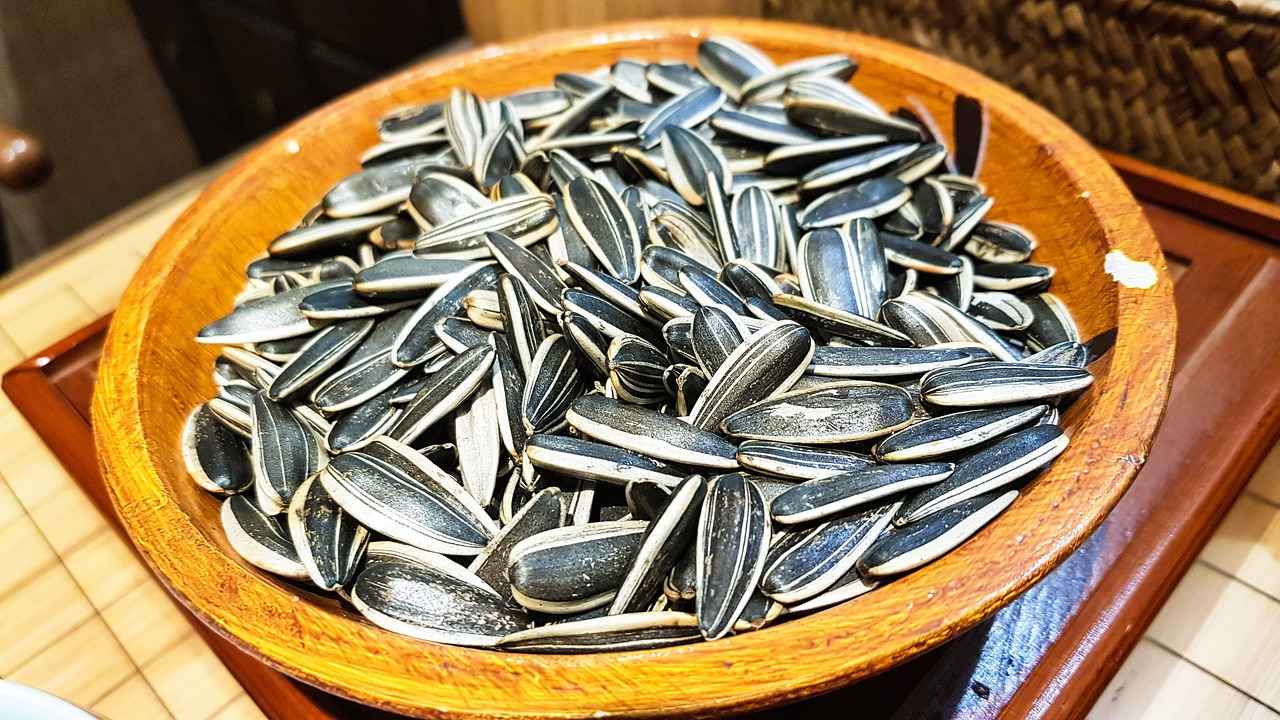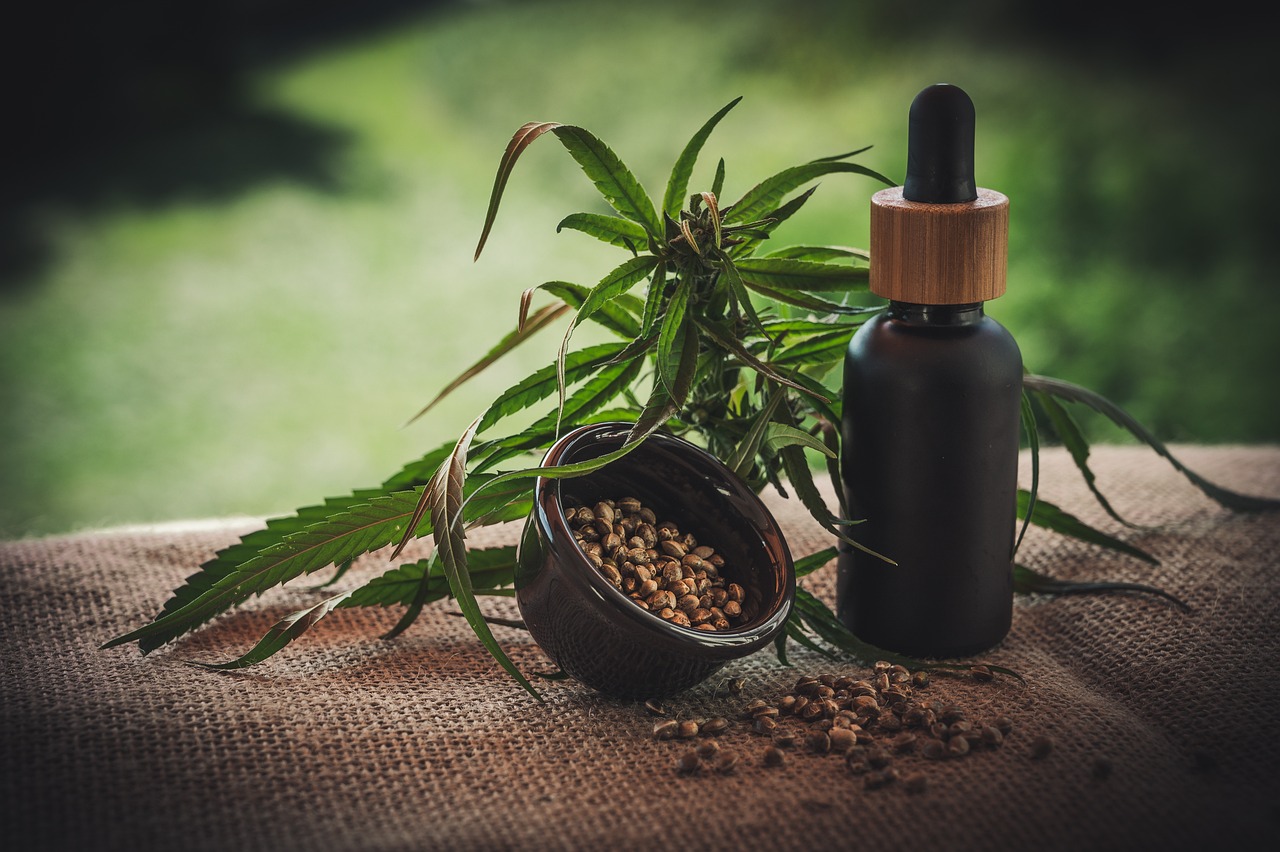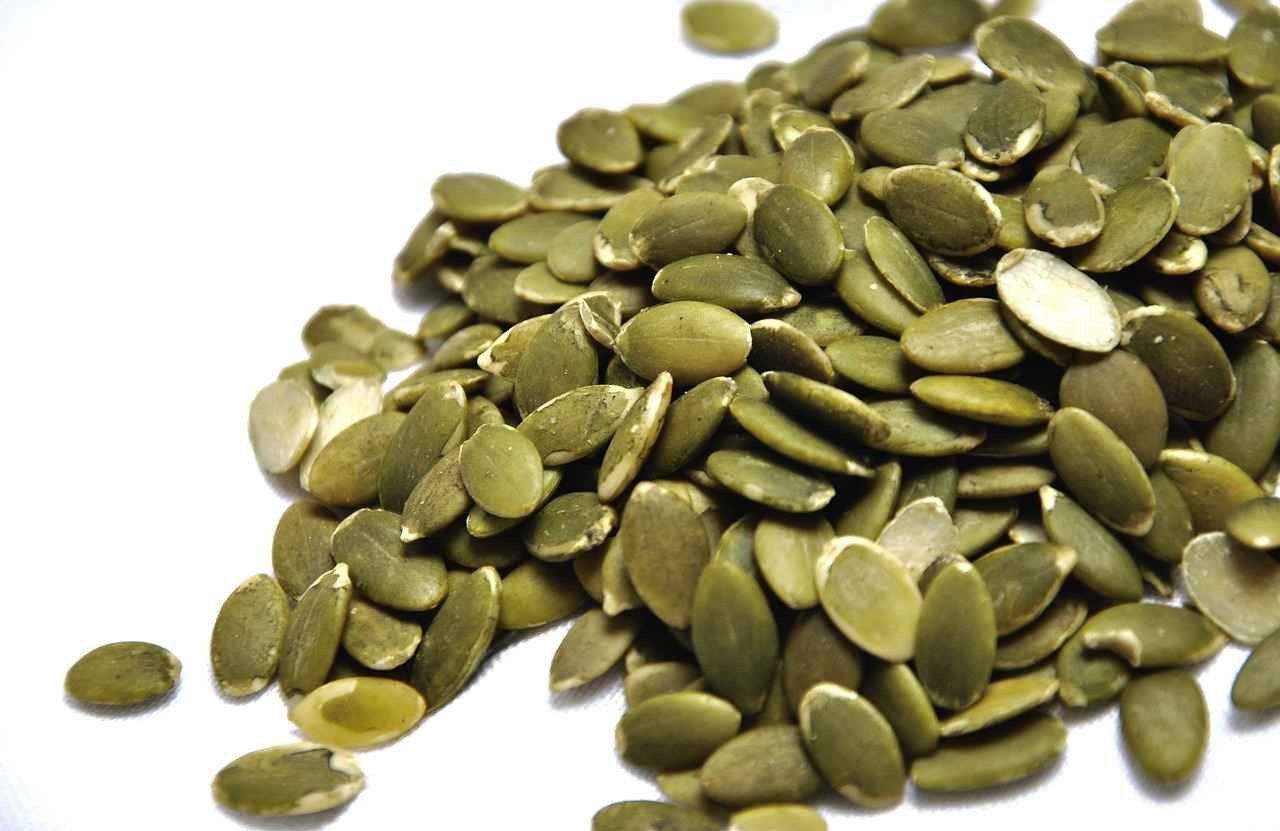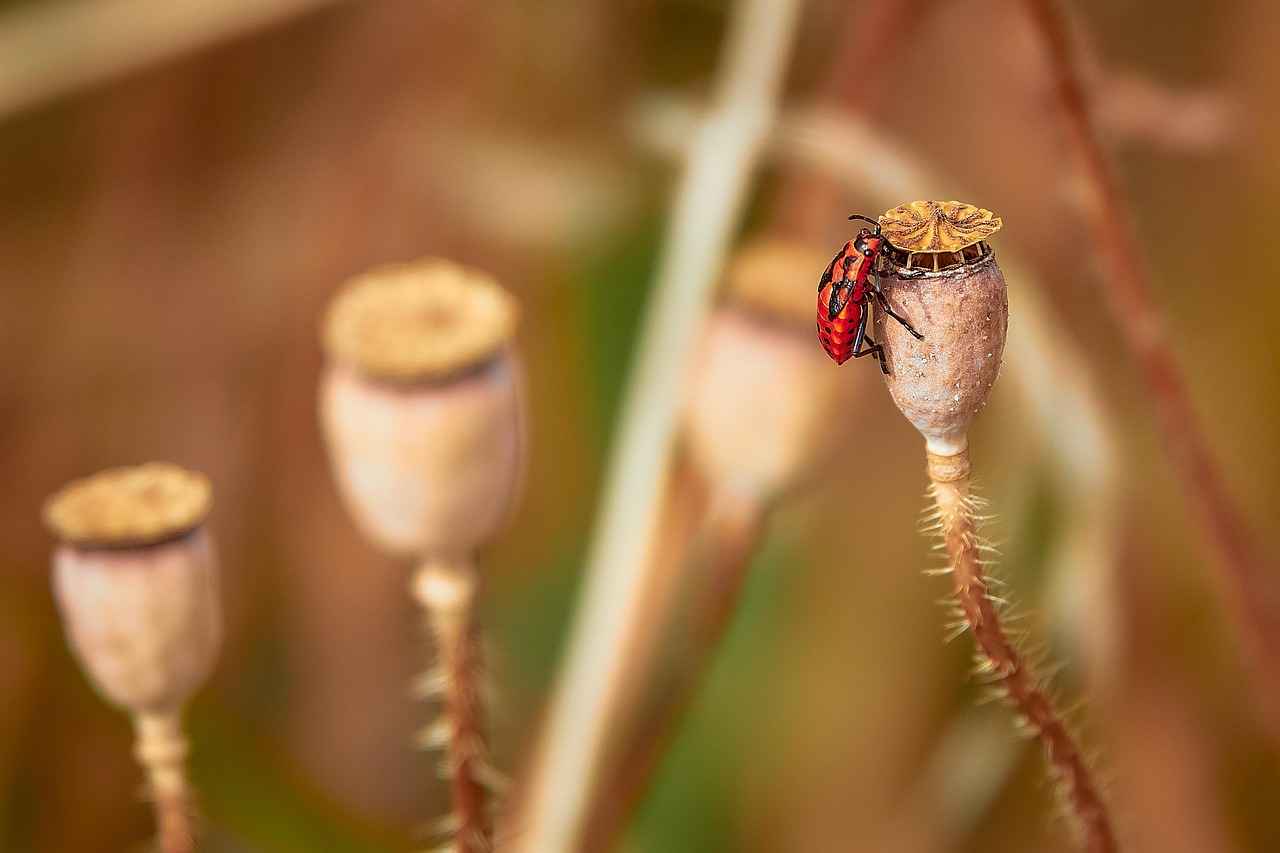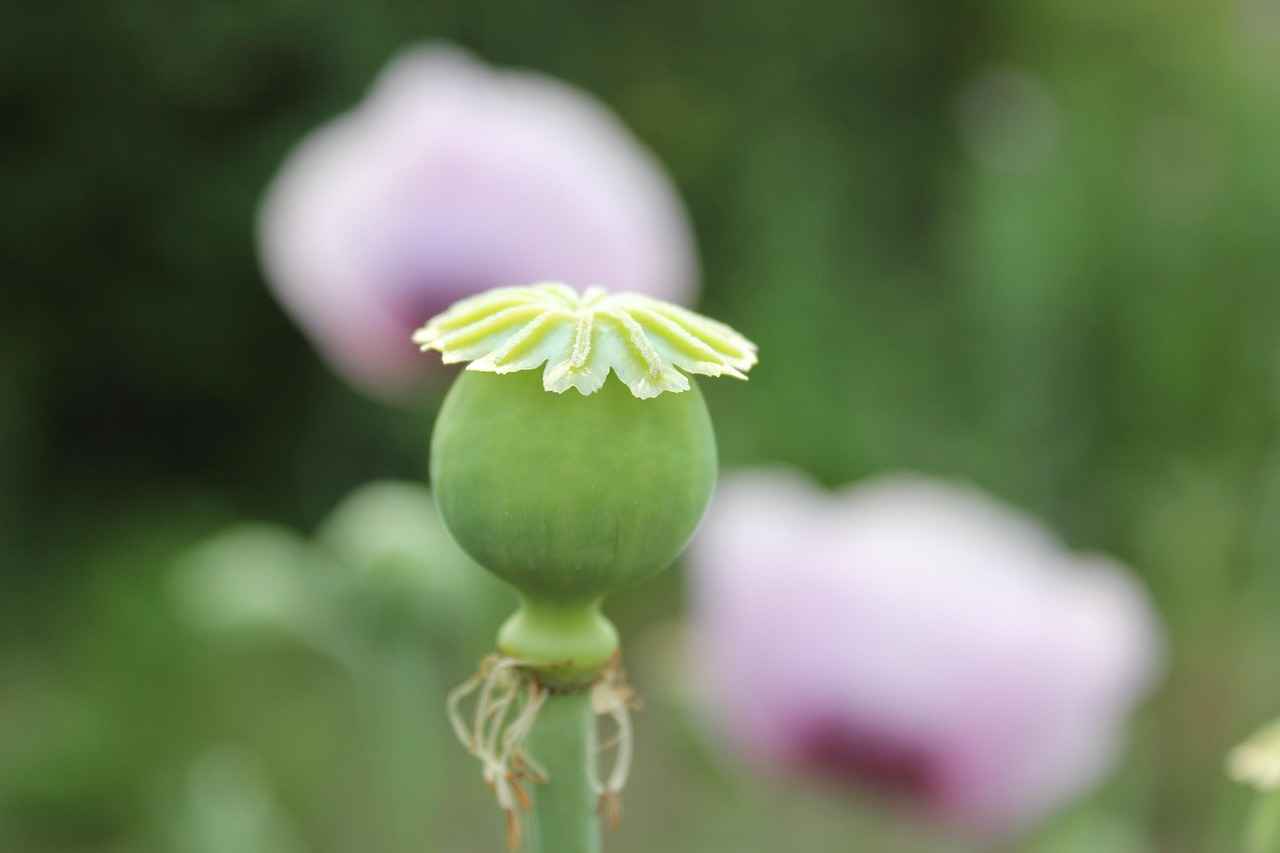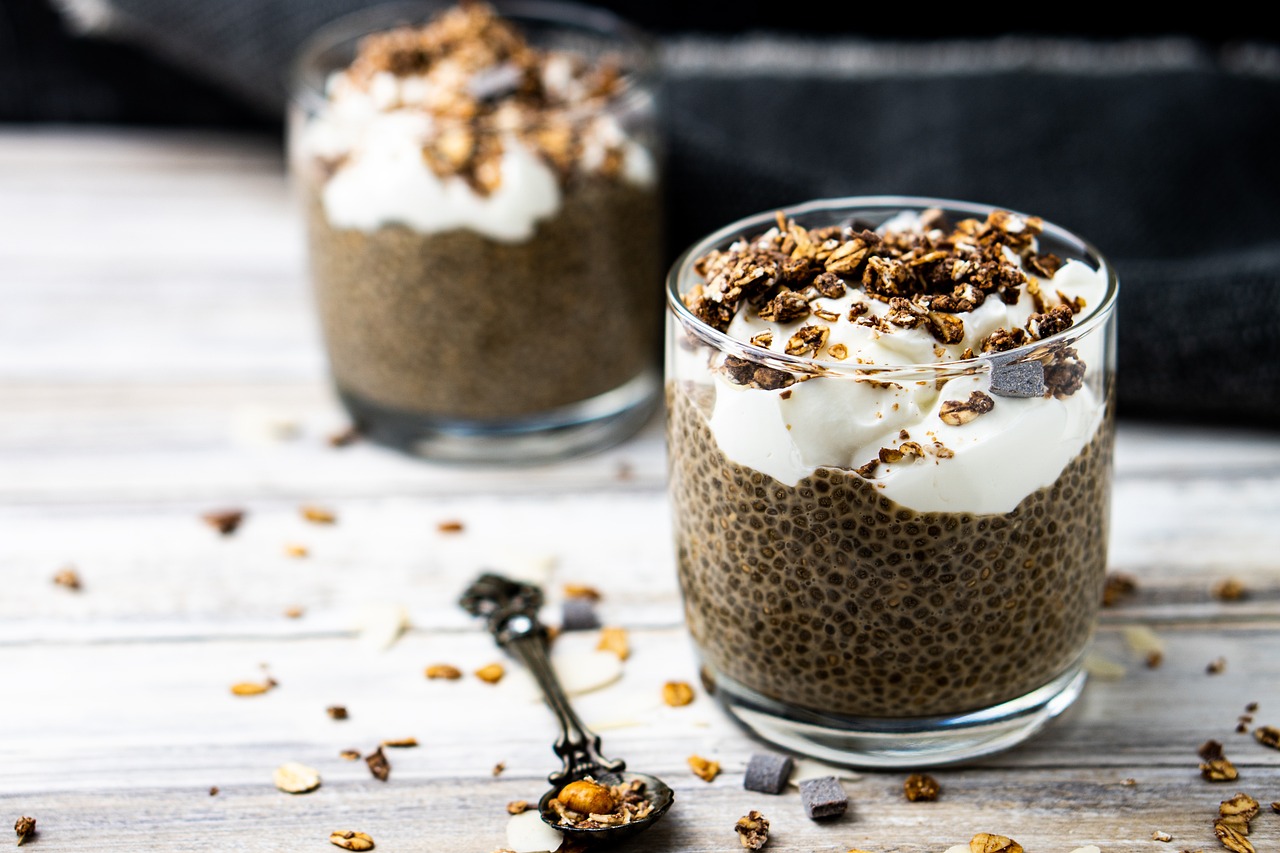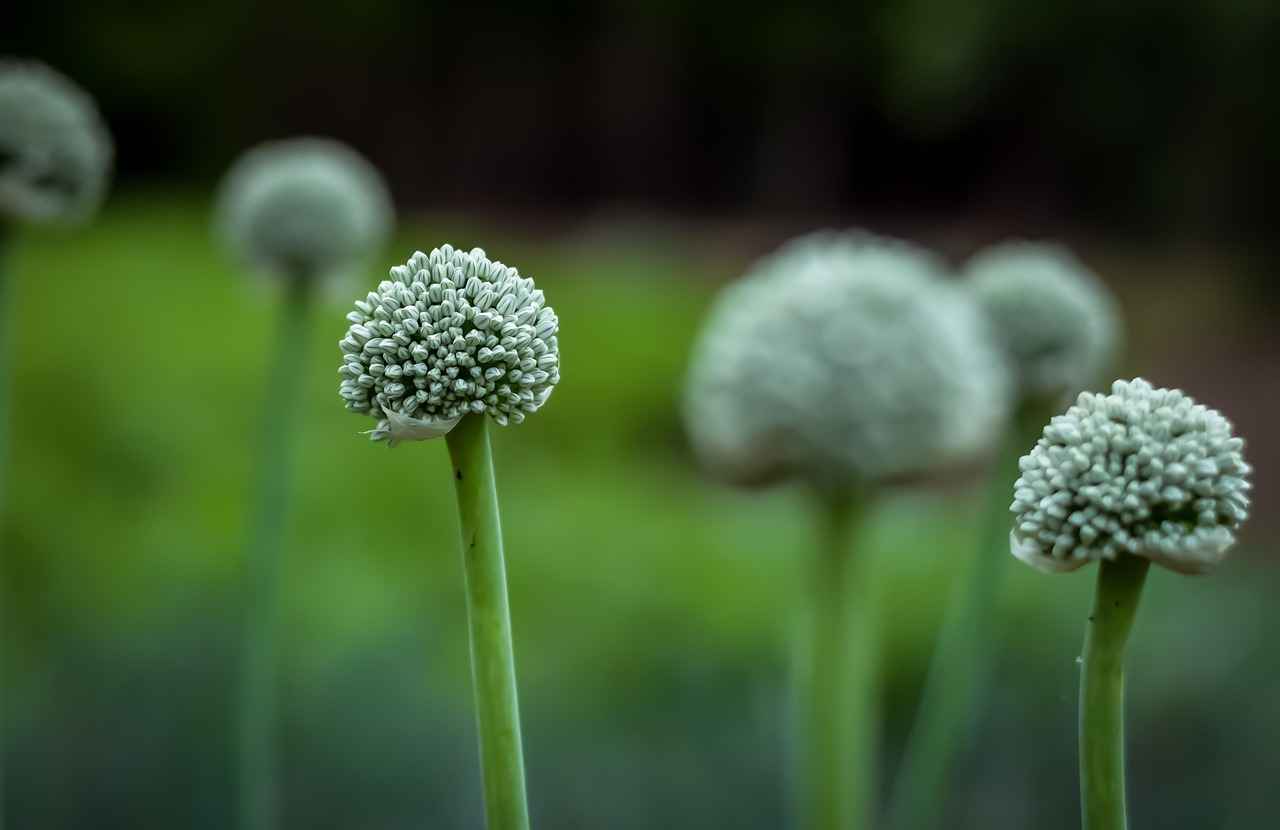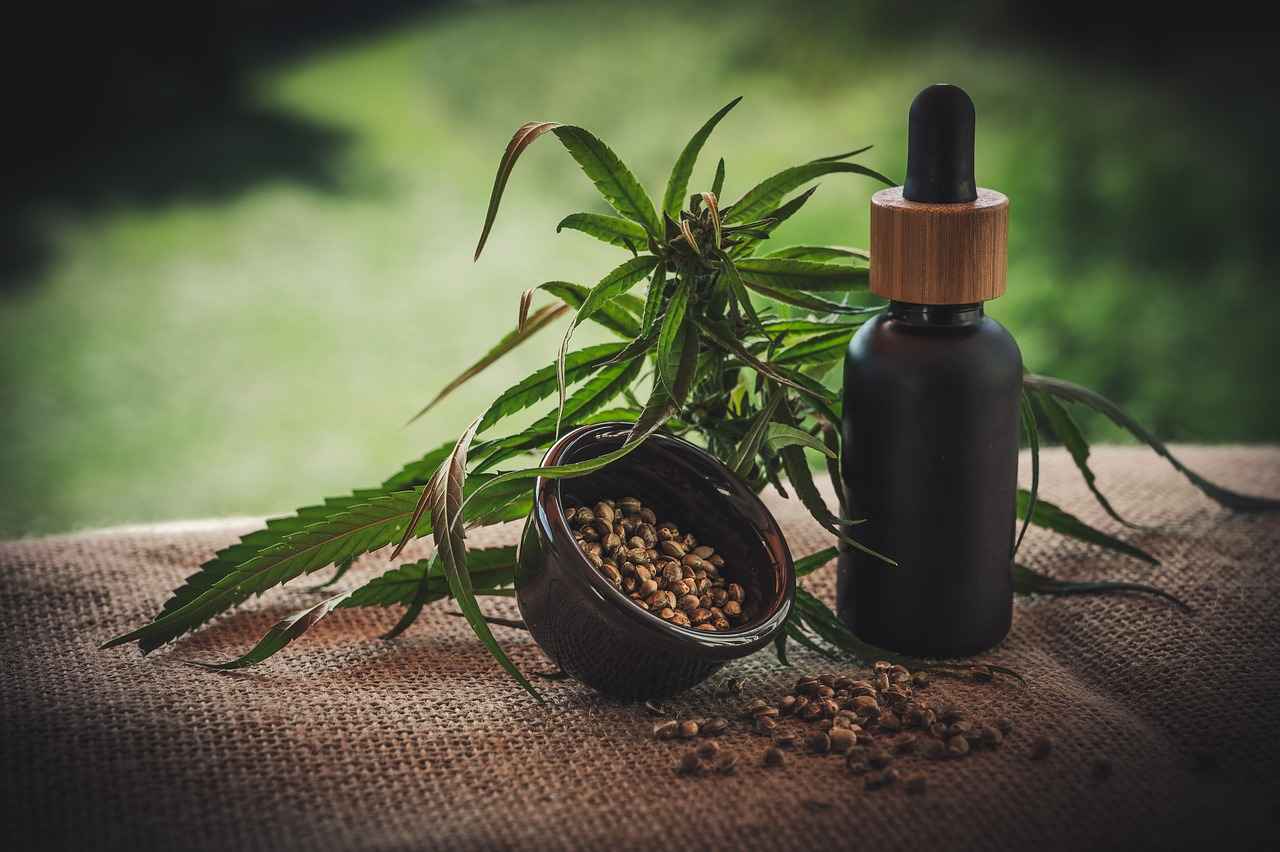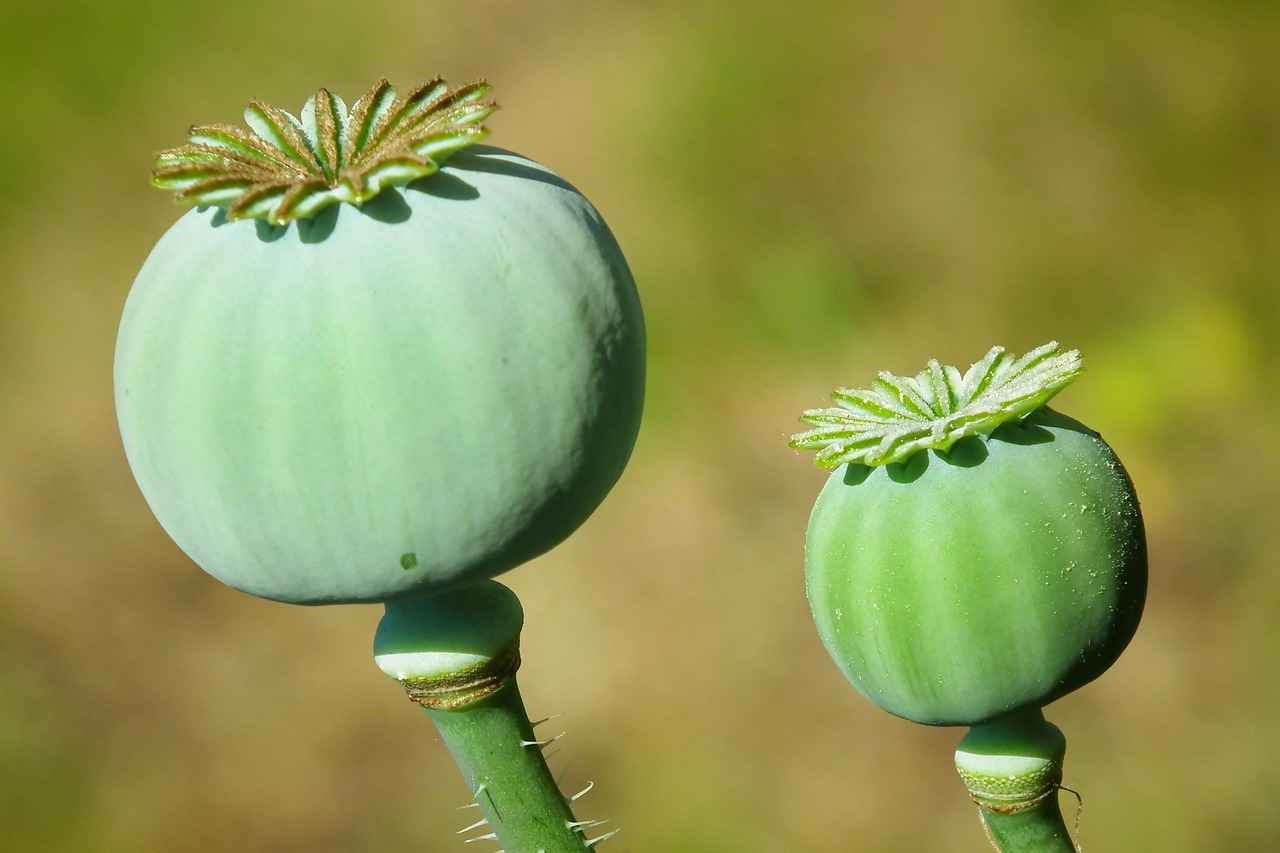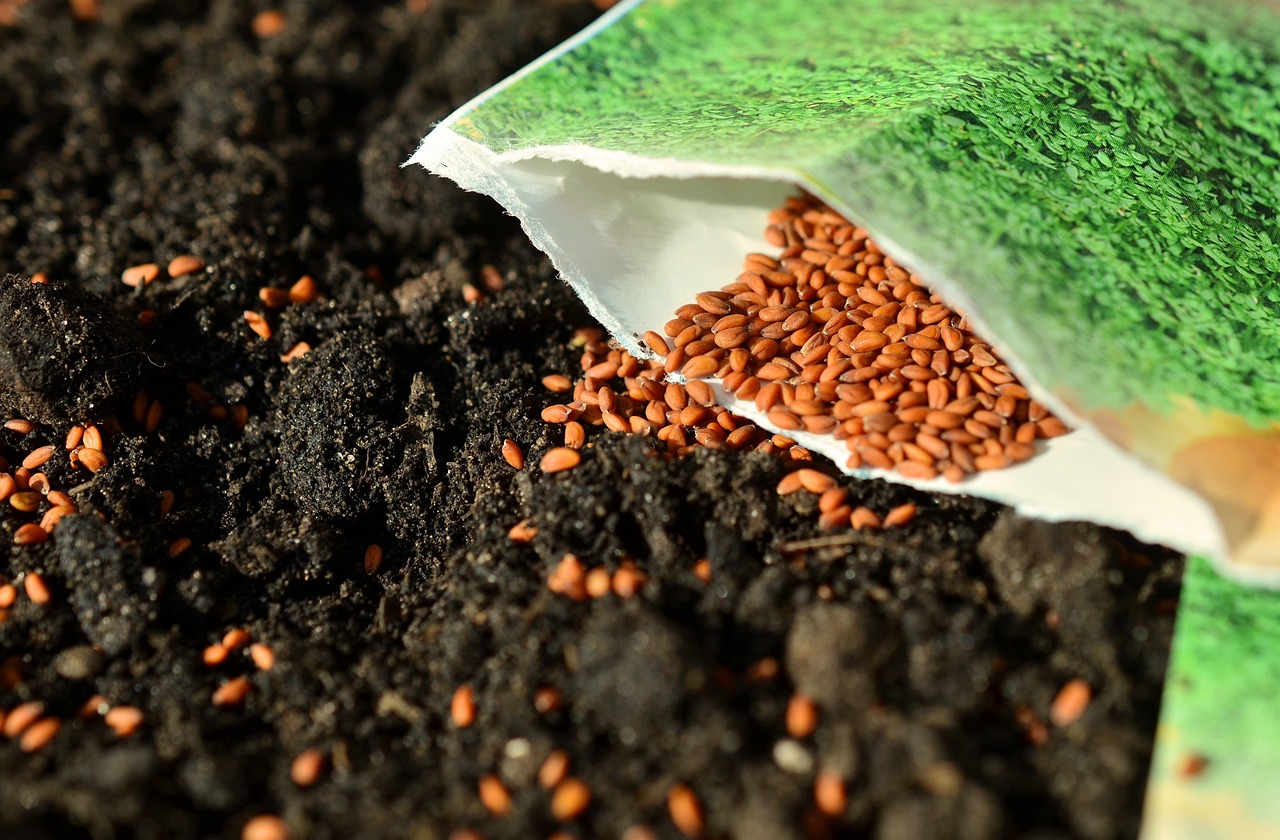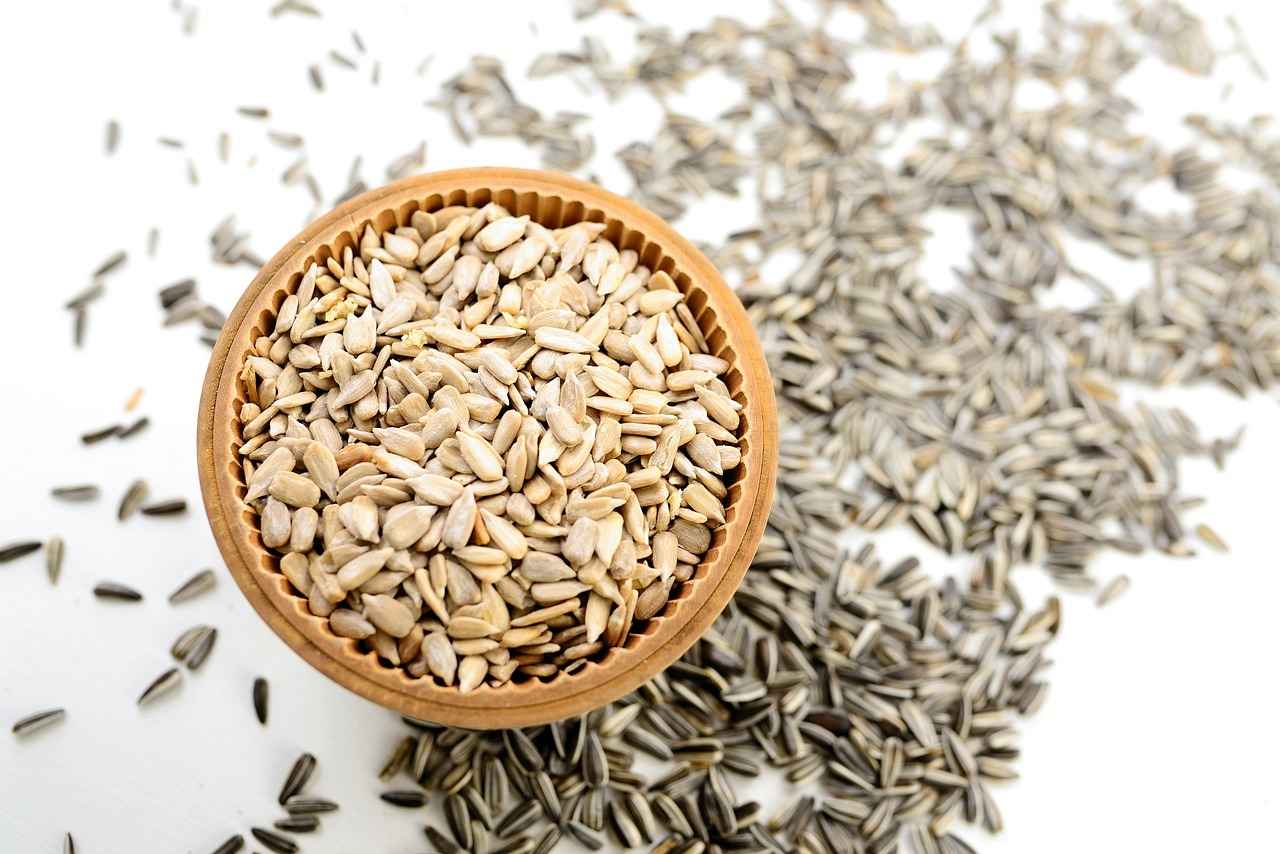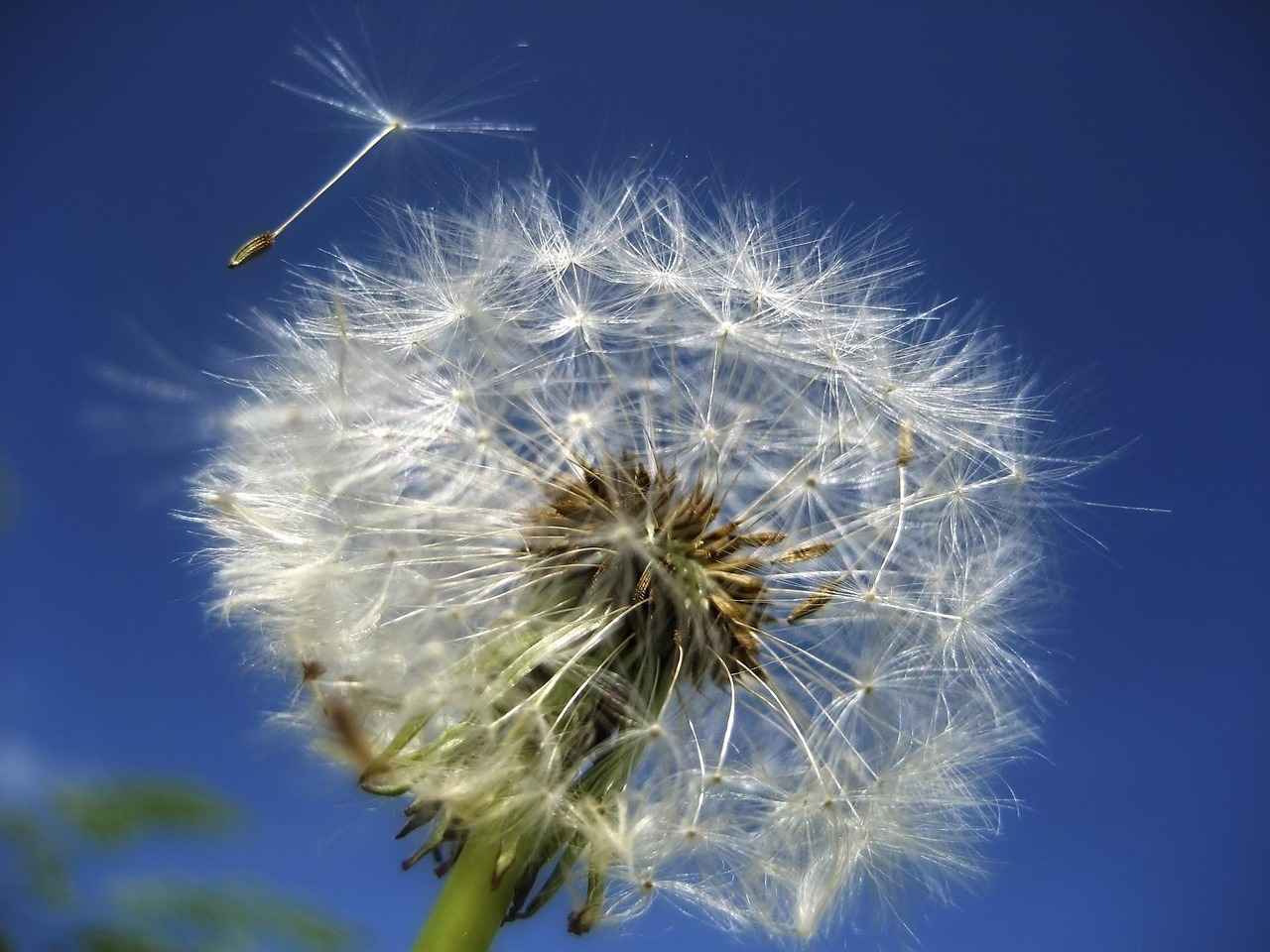This article explores effective methods for incorporating chia seeds into your diet, ensuring you maximize their nutritional benefits while enjoying their versatility in meals and snacks. Chia seeds are not only a trendy superfood but also a powerhouse of nutrition, making them a fantastic addition to any diet.
What Are Chia Seeds and Their Health Benefits?
Chia seeds are tiny, black or white seeds derived from the Salvia hispanica plant. They are loaded with omega-3 fatty acids, fiber, and antioxidants, making them a great option for enhancing overall health. Regular consumption of chia seeds can improve heart health, support digestive function, and even aid in weight management.
How to Prepare Chia Seeds for Optimal Nutrient Absorption?
To fully enjoy the health benefits of chia seeds, proper preparation is essential. Soaking chia seeds in water or other liquids before consumption allows them to expand and release their nutrients, improving digestibility and nutrient absorption.
- Soaking Chia Seeds: Why Is It Important?
- How Long Should You Soak Chia Seeds?
- Can You Eat Chia Seeds Dry?
Soaking chia seeds helps them absorb liquid and swell, forming a gel-like consistency. This process not only enhances their texture but also makes the nutrients more bioavailable, facilitating easier digestion.
The ideal soaking time for chia seeds typically ranges from 30 minutes to 2 hours. For a thicker gel, you may soak them overnight, while a shorter soak will yield a lighter texture, suitable for smoothies and drinks.
While it is possible to consume dry chia seeds, it is not recommended. Eating them dry can lead to digestive discomfort and may not provide the same nutritional benefits as soaked seeds.
What Are the Best Ways to Incorporate Chia Seeds into Your Diet?
Chia seeds are incredibly versatile and can be added to numerous dishes. Here are some creative ways to include them in your meals:
- Add them to smoothies for a nutrient boost.
- Mix them into yogurt or oatmeal for added texture and nutrition.
- Use chia seeds as an egg substitute in baking by mixing them with water.
- Sprinkle them on salads or incorporate them into homemade energy bars.
Can Chia Seeds Help With Weight Loss?
Many individuals are curious about the role of chia seeds in weight management. Their high fiber content promotes a feeling of fullness, which can help control appetite and reduce overall calorie intake.
How Do Chia Seeds Promote Satiety?
The soluble fiber in chia seeds absorbs water and expands in the stomach, leading to increased satiety. This mechanism can be beneficial for those looking to manage their weight effectively.
Are There Any Studies Supporting Weight Loss Claims?
Research on chia seeds and weight loss has shown mixed results. Some studies suggest that their high fiber content can aid in weight management, while others indicate that simply adding chia seeds to a diet without other lifestyle changes may not yield significant results.
What Are the Potential Side Effects of Chia Seeds?
While chia seeds are generally safe for most people, some may experience digestive issues. It is crucial to consume them with adequate water to prevent discomfort.
Can Chia Seeds Cause Digestive Issues?
Some individuals may experience bloating or gas when consuming chia seeds, especially if they are not adequately hydrated. Gradually increasing intake can help mitigate these effects.
Who Should Avoid Chia Seeds?
People with certain allergies or medical conditions should consult with a healthcare professional before adding chia seeds to their diet. Alternatives like flaxseeds may be suitable for those with sensitivities.
How to Store Chia Seeds for Maximum Freshness?
To keep chia seeds fresh, store them in a cool, dry place, preferably in an airtight container. This helps maintain their potency and nutritional value.
What Is the Ideal Storage Environment for Chia Seeds?
Chia seeds should be kept away from direct sunlight and moisture. A pantry or cupboard is ideal for maintaining their freshness.
How Long Do Chia Seeds Last?
When stored properly, chia seeds can last for up to two years. Always check for any signs of spoilage, such as an off smell or changes in texture, before consuming them.
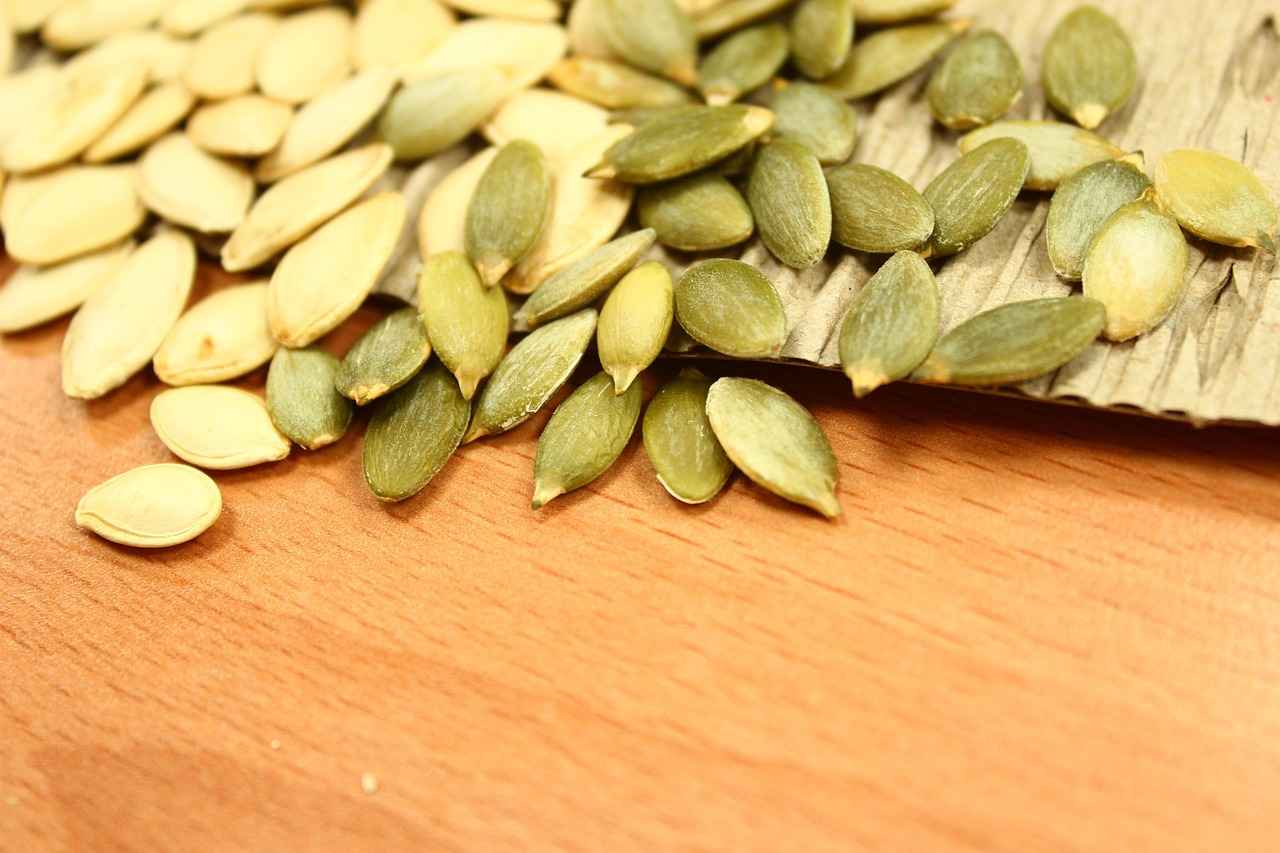
What Are Chia Seeds and Their Health Benefits?
Chia seeds are often hailed as a superfood due to their impressive nutritional profile. These tiny, black or white seeds are derived from the Salvia hispanica plant, which is native to Central America. Rich in essential nutrients, chia seeds are a fantastic addition to a balanced diet. Let’s explore their remarkable health benefits and how they can enhance your overall wellness.
Chia seeds are packed with a variety of nutrients that contribute significantly to health. They are an excellent source of omega-3 fatty acids, which are essential for heart health. Omega-3s help reduce inflammation and lower the risk of chronic diseases such as heart disease and arthritis.
In addition to omega-3s, chia seeds are incredibly high in dietary fiber. Just a single ounce (about two tablespoons) of chia seeds contains approximately 11 grams of fiber, which is about one-third of the recommended daily intake. This high fiber content aids in digestion, promotes a feeling of fullness, and can help regulate blood sugar levels.
Moreover, chia seeds are rich in antioxidants, which combat oxidative stress in the body. Antioxidants help protect cells from damage caused by free radicals, potentially reducing the risk of chronic diseases and improving overall health.
Another notable benefit of chia seeds is their ability to absorb liquid and expand in size. When soaked, they can absorb up to 12 times their weight in water, forming a gel-like substance. This property not only enhances their texture when added to foods but also aids in hydration and digestion.
- Heart Health: Omega-3 fatty acids support cardiovascular function.
- Weight Management: High fiber content promotes satiety, helping control appetite.
- Bone Health: Chia seeds are also a good source of calcium, magnesium, and phosphorus, essential for maintaining strong bones.
- Improved Digestion: The fiber in chia seeds aids in digestive health and regularity.
- Blood Sugar Control: They may help stabilize blood sugar levels, making them beneficial for those with diabetes.
Incorporating chia seeds into your diet is easy and versatile. They can be added to smoothies, oatmeal, yogurt, or baked goods, making them a convenient option for enhancing nutritional intake. Additionally, they can be used as a thickening agent in soups and sauces, or even as an egg substitute in vegan recipes.
In summary, chia seeds are a nutrient-dense food that offers numerous health benefits. From supporting heart health to aiding in weight management, these tiny seeds can play a significant role in promoting overall wellness. By including chia seeds in your daily diet, you can harness their potential to improve your health and vitality.
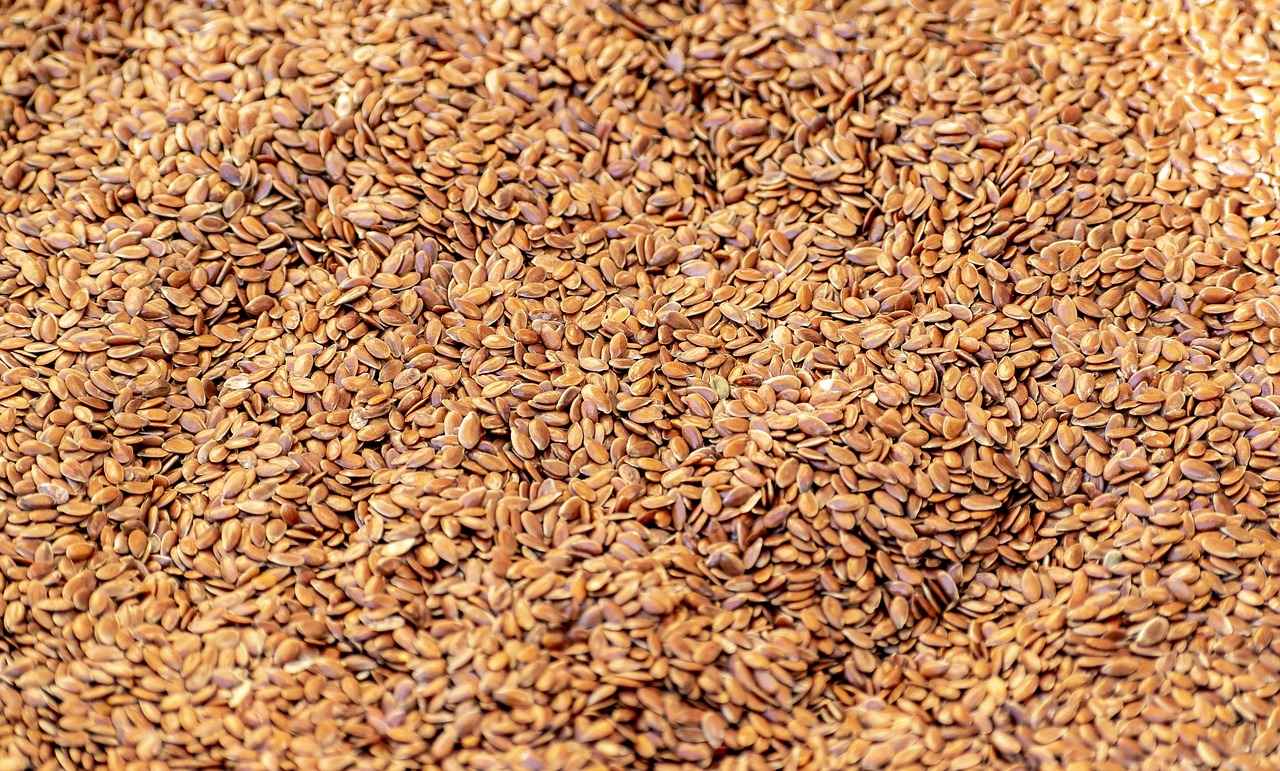
How to Prepare Chia Seeds for Optimal Nutrient Absorption?
Chia seeds are celebrated for their numerous health benefits, but proper preparation is essential to unlock their full potential. When consumed correctly, these tiny seeds can significantly enhance your nutrient intake and overall wellness.
Proper preparation of chia seeds is crucial for maximizing their health benefits. Soaking chia seeds is one of the best methods to improve their digestibility and nutrient absorption. When soaked, chia seeds absorb water and expand, forming a gel-like consistency that can be easily incorporated into various dishes.
Soaking chia seeds not only enhances their texture but also aids in the release of nutrients. The gel formation during soaking makes it easier for your body to digest and absorb the essential vitamins and minerals present in the seeds. This process also helps in reducing the risk of digestive discomfort that can occur when consuming dry seeds.
The soaking time for chia seeds can vary depending on your preference:
- Quick Soak: If you’re short on time, soaking them for at least 15 minutes can suffice.
- Overnight Soak: For optimal results, soak chia seeds overnight in water or your favorite liquid. This allows them to fully hydrate and expand.
- Texture Preferences: Experiment with soaking times to find your preferred consistency—shorter times yield a crunchier texture, while longer soaking creates a softer gel.
While it is possible to consume dry chia seeds, it is essential to understand the potential drawbacks. Eating them unsoaked may lead to digestive issues for some individuals, as dry seeds can absorb water in the stomach, potentially causing discomfort. Therefore, it’s generally recommended to soak them before consumption.
Chia seeds are incredibly versatile and can be added to a variety of meals:
- Smoothies: Blend soaked chia seeds into your smoothies for added thickness and nutrition.
- Breakfast Bowls: Stir them into oatmeal or yogurt for a nutritious breakfast.
- Baked Goods: Incorporate soaked chia seeds into muffins, breads, or pancakes for an extra nutrient boost.
- Salads: Add them to salads as a crunchy topping, enhancing both texture and nutrition.
In conclusion, the preparation of chia seeds plays a vital role in maximizing their health benefits. By soaking them properly, you can improve their digestibility and ensure that your body absorbs the essential nutrients they offer. Whether you enjoy them in smoothies, baked goods, or salads, incorporating soaked chia seeds into your diet can significantly enhance your overall health.
Soaking Chia Seeds: Why Is It Important?
Chia seeds have gained popularity as a superfood, but to truly harness their nutritional potential, proper preparation is essential. One of the most effective methods for preparing chia seeds is soaking them in water or other liquids. This simple process not only enhances their texture but also significantly improves their digestibility and nutrient absorption.
When chia seeds are soaked, they absorb liquid and expand, forming a gel-like consistency. This transformation is due to the soluble fiber present in the seeds, which plays a crucial role in their health benefits. The soaking process allows the seeds to release essential nutrients such as omega-3 fatty acids, antioxidants, and various vitamins and minerals, making them more accessible for our bodies to absorb.
One of the primary advantages of soaking chia seeds is the improvement in digestive health. When consumed dry, chia seeds can absorb water in the digestive tract, potentially leading to discomfort or blockages. Soaking them beforehand mitigates this risk, allowing for easier digestion and a smoother transition through the gastrointestinal system. This is particularly beneficial for individuals who may have sensitive digestive systems.
Moreover, soaking chia seeds enhances their bioavailability. This term refers to the degree and rate at which nutrients are absorbed into the bloodstream. By soaking, the seeds swell and break down their outer layer, making it easier for our bodies to access the nutrients locked inside. This process is especially important for individuals looking to maximize the health benefits of chia seeds.
In addition to improving nutrient absorption, soaked chia seeds can aid in hydration. As they absorb liquid, they can help maintain fluid balance in the body, which is vital for overall health. This property makes them an excellent addition to smoothies, puddings, or even as a topping on yogurt.
Soaking chia seeds is not just a matter of preference; it is a scientifically backed method that enhances their health benefits. For those looking to incorporate chia seeds into their diet effectively, understanding the importance of soaking is crucial. It transforms these tiny seeds into a powerhouse of nutrients that can support various aspects of health, from digestion to hydration.
In summary, soaking chia seeds before consumption is a simple yet effective practice that maximizes their nutritional value and supports digestive health. By allowing these seeds to absorb liquid, you unlock their full potential, making them a valuable addition to any diet.
How Long Should You Soak Chia Seeds?
When it comes to preparing chia seeds, soaking is a crucial step that can significantly enhance their texture and nutritional benefits. The duration of soaking can vary based on personal preferences and the intended use in recipes. Understanding the optimal soaking times for different textures can help you make the most of these nutritious seeds.
Why Soak Chia Seeds? Soaking chia seeds allows them to absorb liquid, expanding to many times their original size. This process not only makes them easier to digest but also enhances the bioavailability of their nutrients, including omega-3 fatty acids, fiber, and various antioxidants. Soaking also creates a gel-like consistency that can improve the texture of your dishes.
Recommended Soaking Times:
- For Smoothies: Soak chia seeds for about 10-15 minutes before adding them to your smoothie. This short soaking time helps them blend smoothly without clumping.
- For Puddings: If you’re making chia seed pudding, a soaking time of 2-4 hours is ideal. This allows the seeds to fully absorb the liquid and achieve a creamy texture.
- For Baking: When incorporating chia seeds into baked goods, a soaking time of 30 minutes is sufficient. This helps to activate the seeds, enhancing their nutritional profile while ensuring they blend well with the batter.
- For Salads and Toppings: Soaking chia seeds for 1 hour can enhance their texture, making them a delightful addition to salads or as a topping on yogurt and other dishes.
Personal Preference: Ultimately, the best soaking time can depend on your personal taste and the specific recipe you are following. Some individuals prefer a thicker gel, while others enjoy a lighter texture. Experimenting with different soaking durations can help you find the perfect consistency for your needs.
Can You Soak Chia Seeds Too Long? While chia seeds can be soaked for extended periods, such as overnight, it’s essential to note that they may become overly gelatinous. If you prefer a less viscous texture, aim for the recommended soaking times. However, soaking for up to 24 hours is generally safe and can be convenient for meal prep.
Conclusion: Soaking chia seeds is a simple yet effective way to enhance their nutritional value and texture. By adjusting the soaking time based on your preferences and recipes, you can enjoy these versatile seeds in a variety of dishes. Whether you’re adding them to smoothies, puddings, or baked goods, understanding the optimal soaking durations will help you maximize their benefits.
Can You Eat Chia Seeds Dry?
Chia seeds have gained popularity as a superfood due to their remarkable nutritional profile. While many prefer to soak them before consumption, the question arises: This article delves into the benefits and potential drawbacks of consuming chia seeds in their unsoaked form.
Understanding Chia Seeds
Chia seeds are tiny, black or white seeds from the Salvia hispanica plant. They are rich in essential nutrients, including omega-3 fatty acids, fiber, and a variety of vitamins and minerals. When consumed, they can provide numerous health benefits, such as improved digestion and heart health.
The Benefits of Eating Dry Chia Seeds
- Convenience: Dry chia seeds are easy to transport and can be added to a variety of dishes without preparation.
- Nutrient Density: They retain their nutrients even when unsoaked, providing a quick boost of energy and nutrition.
- Versatility: Dry chia seeds can be sprinkled on salads, yogurt, or incorporated into baked goods for added texture and nutrition.
Potential Drawbacks of Consuming Dry Chia Seeds
While there are benefits, consuming chia seeds dry also comes with potential drawbacks:
- Digestive Issues: Eating dry chia seeds without adequate hydration can lead to gastrointestinal discomfort. The seeds can absorb water in the digestive tract, potentially leading to bloating or constipation.
- Reduced Nutrient Absorption: Soaking chia seeds allows them to expand and release their nutrients, making them more bioavailable. Eating them dry may limit the absorption of some beneficial compounds.
- Risk of Choking: In rare cases, consuming dry chia seeds without sufficient liquid can pose a choking hazard, particularly for those with swallowing difficulties.
Best Practices for Eating Chia Seeds
If you choose to consume chia seeds dry, consider the following tips:
- Stay Hydrated: Always drink plenty of water when eating dry chia seeds to aid in digestion and prevent discomfort.
- Mix with Liquid: Consider mixing dry seeds into smoothies or yogurt to ensure they are adequately hydrated before consumption.
- Start Small: If you are new to chia seeds, start with a small amount to see how your body reacts before increasing your intake.
Conclusion
While it is possible to eat chia seeds dry, it is essential to be aware of the potential risks involved. For optimal health benefits, soaking chia seeds is generally recommended, as it enhances nutrient absorption and minimizes digestive issues. Ultimately, whether you choose to eat them dry or soaked, chia seeds can be a nutritious addition to your diet when consumed mindfully.
What Are the Best Ways to Incorporate Chia Seeds into Your Diet?
Chia seeds are not only nutritious but also incredibly versatile, making them an excellent addition to a wide variety of dishes. If you’re looking to enrich your meals with these tiny powerhouses, here are some creative ways to incorporate chia seeds into your diet.
One of the easiest ways to enjoy chia seeds is by adding them to your smoothies. They blend seamlessly and provide a thick, creamy texture while enhancing the nutritional profile. Simply add a tablespoon of soaked or dry chia seeds to your favorite smoothie recipe. The seeds will absorb liquid and expand, contributing to a satisfying drink.
Chia seeds can be a fantastic ingredient in baked goods. Whether you’re making muffins, bread, or pancakes, substituting a portion of the flour with chia seeds can increase fiber content and improve texture. You can also create a chia egg by mixing one tablespoon of chia seeds with three tablespoons of water, allowing it to sit until it forms a gel. This mixture can replace eggs in vegan baking.
Sprinkling chia seeds on salads not only adds crunch but also enhances the meal’s nutritional value. They can be used as a topping for salads, grain bowls, or even yogurt. Their mild flavor allows them to complement various ingredients without overpowering the dish.
Chia pudding is a popular and delicious dessert option. To make it, mix chia seeds with your choice of milk (dairy or plant-based) and sweetener, then let it sit in the refrigerator for a few hours or overnight. You can customize your pudding by adding fruits, nuts, or spices, making it a versatile treat.
Boost your breakfast by adding chia seeds to your morning oatmeal or cereal. They not only enhance the nutritional content but also help keep you full longer. Simply stir in a tablespoon of chia seeds while cooking your oatmeal or sprinkle them on top of your cereal for an added crunch.
Chia seeds can be blended into soups and sauces to thicken them naturally. They absorb liquid and create a smooth texture, making them a great alternative to traditional thickeners. This method allows you to add nutrition without changing the flavor profile of your dishes.
Chia seeds are an excellent ingredient for homemade energy bars or snacks. Combine them with nuts, dried fruits, and a binding ingredient like honey or nut butter. Once mixed, press the mixture into a pan, refrigerate, and cut into bars. These snacks are perfect for on-the-go energy boosts!
Chia seeds can also be used in beverages. Try making a refreshing chia seed drink by mixing seeds with lemon juice and water, allowing the seeds to soak and swell. This hydrating drink provides a unique texture and a healthy dose of nutrients.
Incorporating chia seeds into your diet can be both fun and beneficial. With their numerous health advantages and versatility, they can easily fit into various meals and snacks. Explore these methods and discover how chia seeds can enhance your culinary experience!
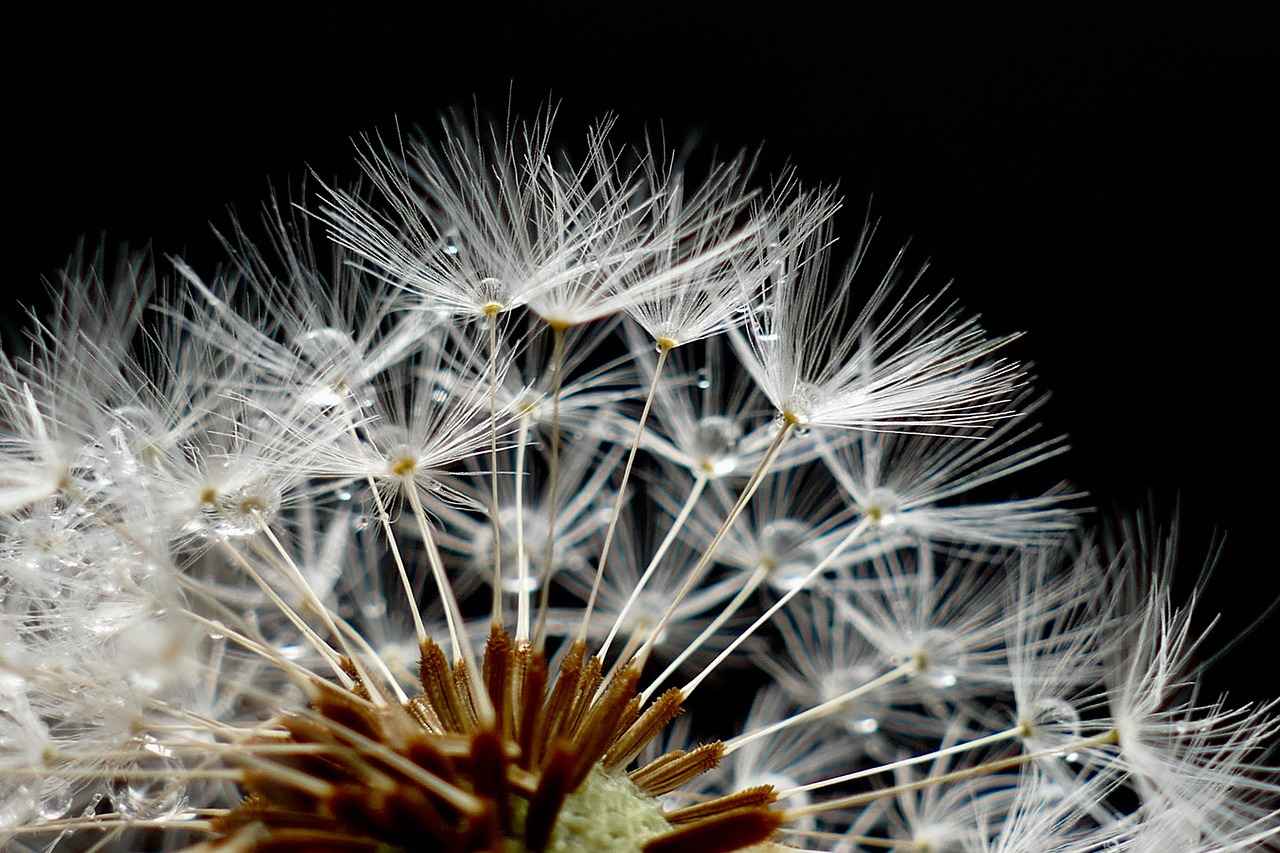
Can Chia Seeds Help With Weight Loss?
Many individuals are curious about the potential of chia seeds as a tool for weight management. This section explores the intricate relationship between fiber content, satiety, and weight loss efforts, providing insights into how these tiny seeds can play a significant role in your dietary strategy.
Chia seeds are renowned for their impressive fiber content. Each ounce of chia seeds contains approximately 11 grams of fiber, which contributes to a feeling of fullness. Fiber is essential for digestive health and can help regulate appetite by slowing down the digestion process. When consumed, chia seeds absorb water and expand in the stomach, leading to a greater sense of satiety.
The high fiber content in chia seeds not only aids in digestion but also plays a critical role in promoting satiety. When you consume chia seeds, they swell in size, creating a gel-like substance that occupies space in your stomach. This physical expansion signals to your brain that you are full, which can help reduce the desire to snack between meals. By incorporating chia seeds into your meals, you may find it easier to manage portion sizes and overall calorie intake.
Research on chia seeds and weight loss presents a mixed bag of results. Some studies indicate that chia seeds can contribute to weight loss due to their fiber content and ability to promote satiety. For example, a study published in the journal Nutrition Research found that participants who consumed chia seeds experienced a reduction in body weight and waist circumference over a 12-week period. However, other studies suggest that while chia seeds can aid in weight management, they are not a magic solution for weight loss on their own.
To effectively harness the weight loss benefits of chia seeds, consider the following practical tips:
- Add them to smoothies: Blend chia seeds into your favorite smoothies for an added nutrient boost.
- Use them in baking: Incorporate chia seeds into muffins, breads, or energy bars for increased fiber content.
- Make chia pudding: Soak chia seeds in almond milk or yogurt overnight to create a delicious and filling pudding.
- Sprinkle on salads: Use chia seeds as a topping for salads to enhance texture and nutritional value.
While chia seeds are generally safe for most individuals, it’s essential to consume them in moderation. Overconsumption can lead to digestive discomfort, such as bloating or gas. Additionally, those with certain health conditions, like digestive disorders, should consult a healthcare provider before adding chia seeds to their diet.
In summary, chia seeds can be a valuable addition to a weight management plan due to their high fiber content and ability to promote satiety. By incorporating them into a balanced diet and maintaining a healthy lifestyle, individuals may find it easier to achieve their weight loss goals.
How Do Chia Seeds Promote Satiety?
Chia seeds, often hailed as a superfood, have gained popularity for their remarkable health benefits, particularly their ability to promote satiety. This characteristic makes them an excellent addition to any weight management plan. But how do these tiny seeds help keep you feeling full?
Chia seeds are incredibly rich in dietary fiber, with about 10 grams of fiber per ounce (28 grams). This high fiber content plays a crucial role in enhancing feelings of fullness. Fiber absorbs water and expands in your stomach, creating a gel-like substance that slows down the digestive process. As a result, you are likely to feel satisfied for a longer period, which can help control your appetite.
The mechanism behind chia seeds promoting satiety involves several physiological responses. When consumed, the fiber in chia seeds swells up in your stomach, which can signal to your brain that you are full. This process can lead to a natural reduction in calorie intake, as you may find yourself eating less during subsequent meals.
- Chia Seed Puddings: Combine chia seeds with almond milk or yogurt and let them soak overnight. The result is a creamy, satisfying pudding that can be enjoyed for breakfast or as a snack.
- Smoothies: Add a tablespoon of chia seeds to your favorite smoothie. They not only enhance the nutritional value but also help keep you full until your next meal.
- Baking: Incorporate chia seeds into baked goods like muffins and bread. This adds fiber and helps create a more filling product.
By promoting a feeling of fullness, chia seeds can potentially lead to a reduction in overall caloric intake. Research suggests that when individuals include high-fiber foods like chia seeds in their diets, they tend to consume fewer calories throughout the day. This can be particularly beneficial for those looking to manage their weight effectively.
While anecdotal evidence supports the appetite-suppressing qualities of chia seeds, scientific research has produced mixed results. Some studies indicate that chia seeds can aid in weight loss due to their high fiber content and ability to promote satiety, while others show minimal effects. It is essential to consider these findings within the context of a balanced diet and healthy lifestyle.
In summary, chia seeds can be a valuable ally in appetite control and weight management. Their high fiber content helps you feel fuller longer, which can lead to reduced calorie intake. By incorporating chia seeds into your meals and snacks, you can enjoy their numerous health benefits while supporting your weight management goals.
Are There Any Studies Supporting Weight Loss Claims?
When it comes to the potential benefits of chia seeds for weight loss, the scientific research presents a mixed bag of results. While many health enthusiasts tout these tiny seeds as a miracle for shedding pounds, the evidence supporting these claims is not entirely conclusive. This section delves into several key studies to provide a balanced view of the effectiveness of chia seeds in weight management.
Chia seeds are rich in fiber and omega-3 fatty acids, which contribute to feelings of fullness and may help reduce overall calorie intake. The fiber content is particularly noteworthy, as it can absorb water and expand in the stomach, potentially leading to a sensation of satiation.
- Study 1: A study published in the Journal of Nutrition explored the effects of chia seeds on body weight and composition. Participants who incorporated chia seeds into their diet experienced a modest reduction in body weight compared to those who did not.
- Study 2: Another research article in the American Journal of Clinical Nutrition examined the impact of chia seeds on appetite control. The findings suggested that while chia seeds might help reduce hunger, they did not significantly alter body weight over a 12-week period.
- Study 3: A systematic review in the Obesity Reviews journal analyzed multiple studies on chia seeds and weight loss. The review concluded that while chia seeds can contribute to a feeling of fullness, their direct impact on weight loss remains unclear and varies among individuals.
The effectiveness of chia seeds for weight loss can depend on various factors:
- Dietary Context: How chia seeds are incorporated into an overall diet matters. Adding them to high-calorie foods may not yield weight loss benefits.
- Individual Metabolism: Each person’s metabolic rate and lifestyle choices can influence how chia seeds affect weight management.
- Quantity Consumed: The amount of chia seeds consumed also plays a role; moderation is key to avoiding excessive calorie intake.
In summary, while there is some evidence supporting the potential of chia seeds to aid in weight loss, the results are not universally applicable. Individuals seeking to incorporate chia seeds into their diet for weight management should do so as part of a balanced and varied diet. It is essential to combine chia seeds with other healthy lifestyle choices, such as regular exercise and mindful eating, to achieve the best results.
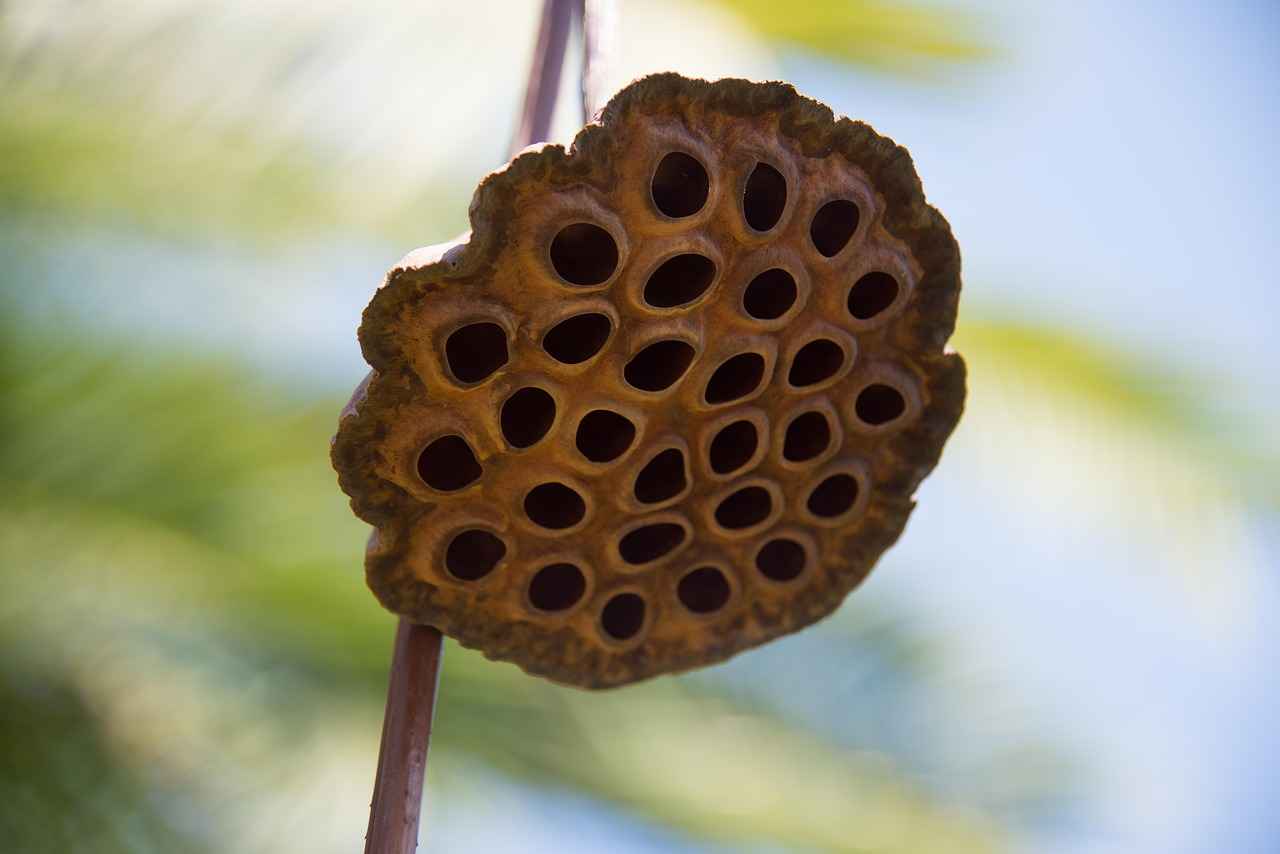
What Are the Potential Side Effects of Chia Seeds?
Chia seeds have gained immense popularity for their numerous health benefits, but it’s essential to recognize that they may not be suitable for everyone. While generally considered safe, some individuals may experience side effects or adverse reactions. In this section, we will explore the potential side effects of chia seeds and provide precautions to help you make informed decisions about their consumption.
Chia seeds are nutrient-dense, offering a wealth of omega-3 fatty acids, fiber, and antioxidants. However, their consumption can lead to certain side effects, particularly if not prepared or consumed correctly. Below are some common issues that may arise:
- Digestive Discomfort: One of the most frequently reported side effects of chia seeds is digestive issues. Due to their high fiber content, consuming large quantities of chia seeds, especially without adequate hydration, can lead to bloating, gas, and constipation. It’s crucial to start with a small amount and gradually increase your intake while ensuring you drink plenty of water.
- Allergic Reactions: Although rare, some individuals may have allergies to chia seeds. Symptoms can include skin rashes, itching, or even more severe reactions. If you suspect an allergy, it’s imperative to seek medical advice before consuming chia seeds.
- Blood Thinning Effects: Chia seeds are rich in omega-3 fatty acids, which can have a natural blood-thinning effect. Individuals taking anticoagulant medications or those with bleeding disorders should consult their healthcare provider before incorporating chia seeds into their diet.
- Choking Hazard: When consumed dry, chia seeds can absorb water and expand significantly. This property can pose a choking hazard, particularly for individuals with swallowing difficulties. Always soak chia seeds in liquid before consumption to mitigate this risk.
As mentioned, digestive discomfort is a common concern when consuming chia seeds. The high fiber content can be beneficial for digestive health, but excessive intake can overwhelm the digestive system. To minimize potential issues:
- Start with a small serving size (1 tablespoon) and gradually increase.
- Ensure adequate hydration by drinking plenty of fluids.
- Consider soaking chia seeds before consumption to enhance digestibility.
Certain individuals may need to avoid chia seeds altogether. This includes:
- People with known allergies to chia or related seeds.
- Individuals on blood-thinning medications, as chia seeds can enhance the effects of these drugs.
- Those with gastrointestinal conditions that may be exacerbated by high fiber intake.
For those who fall into these categories, it’s advisable to consult a healthcare professional for personalized guidance or to explore alternative sources of nutrition.
In summary, while chia seeds can offer numerous health benefits, it’s essential to be aware of the potential side effects and take necessary precautions. By understanding how to consume chia seeds safely, you can enjoy their nutritional advantages while minimizing any adverse effects.
Can Chia Seeds Cause Digestive Issues?
Chia seeds have gained popularity as a superfood, known for their numerous health benefits. However, some individuals may experience digestive discomfort when consuming them. Understanding the reasons behind this discomfort and how to mitigate potential problems is essential for enjoying the benefits of these tiny seeds.
Chia seeds are rich in fiber, which is beneficial for digestive health. However, when consumed in large quantities or without adequate hydration, they can lead to bloating, gas, or even constipation. The high fiber content can be challenging for some people to digest, especially if their bodies are not accustomed to a fiber-rich diet.
- Dehydration: Chia seeds absorb up to 12 times their weight in water. If not consumed with enough liquid, they can expand in the digestive tract, causing discomfort.
- Sudden Increase in Fiber: Introducing chia seeds abruptly into your diet can overwhelm your digestive system, particularly if you are not used to high-fiber foods.
- Individual Sensitivities: Some people may have sensitivities or allergies to chia seeds, leading to digestive upset.
To enjoy chia seeds without discomfort, consider the following tips:
- Start Slowly: If you’re new to chia seeds, begin with a small amount (about 1 teaspoon) and gradually increase your intake as your body adjusts.
- Soak Before Eating: Soaking chia seeds in water or another liquid for at least 30 minutes allows them to expand and become easier to digest. This process also helps to release their nutrients.
- Stay Hydrated: Drink plenty of water throughout the day, especially when consuming chia seeds, to aid digestion and prevent constipation.
While chia seeds are generally safe for most people, certain individuals should exercise caution:
- Those with Digestive Disorders: Individuals with conditions like irritable bowel syndrome (IBS) or other gastrointestinal issues may find chia seeds exacerbate their symptoms.
- Pregnant or Nursing Women: It’s advisable for pregnant or nursing women to consult a healthcare provider before introducing chia seeds into their diet.
- Individuals with Allergies: Anyone with a known allergy to chia seeds should avoid them entirely to prevent adverse reactions.
If you experience persistent digestive issues after consuming chia seeds, it’s important to consult a healthcare professional. They can provide personalized advice and help identify any underlying issues that may be contributing to your discomfort.
In conclusion, while chia seeds offer numerous health benefits, it’s crucial to be mindful of how you consume them to avoid digestive discomfort. By following the tips outlined above, you can enjoy chia seeds as a nutritious addition to your diet without the unpleasant side effects.
Who Should Avoid Chia Seeds?
Chia seeds are often hailed as a superfood due to their numerous health benefits. However, they are not suitable for everyone. Understanding who should avoid chia seeds is crucial for maintaining optimal health and preventing adverse reactions. This section outlines the individuals who may need to steer clear of chia seeds and offers alternative options.
One of the primary reasons some people should avoid chia seeds is due to allergic reactions. Although rare, chia seed allergies can manifest as skin rashes, gastrointestinal distress, or even more severe symptoms. Individuals with known allergies to other seeds, such as flaxseed or sesame, may also be at a higher risk of developing a chia seed allergy. If you suspect an allergy, it’s essential to consult with a healthcare provider before incorporating chia seeds into your diet.
People with specific medical conditions may also need to avoid chia seeds. For instance, individuals with digestive disorders like irritable bowel syndrome (IBS) or those who have undergone gastrointestinal surgery may find that chia seeds exacerbate their symptoms. The high fiber content in chia seeds can lead to bloating, gas, or discomfort in susceptible individuals. Always consult with a healthcare professional if you have concerns about how chia seeds may affect your condition.
While chia seeds can be a nutritious addition to many diets, pregnant and nursing women should exercise caution. The seeds contain compounds that may affect hormonal balance, and the high fiber content can lead to digestive issues. It is advisable for these individuals to consult with their healthcare provider to determine the best dietary choices during this critical time.
Chia seeds are rich in omega-3 fatty acids, which can have a blood-thinning effect. Those taking anticoagulant medications, such as warfarin, should be cautious about consuming chia seeds. The combination of these seeds with blood-thinning medications may increase the risk of bleeding. Always discuss dietary changes with a healthcare provider if you are on such medications.
If you fall into any of the categories mentioned above and need to avoid chia seeds, there are several alternatives you can consider:
- Flaxseeds: Similar in texture and nutrient profile, flaxseeds are a great substitute. They can be ground and used in smoothies, baking, or as a thickening agent.
- Hemp seeds: These seeds are rich in protein and healthy fats, making them an excellent alternative. They can be sprinkled on salads, yogurt, or oatmeal.
- Sunflower seeds: A good source of vitamins and minerals, sunflower seeds can add a crunchy texture to various dishes without the risks associated with chia seeds.
In summary, while chia seeds offer numerous health benefits, they are not suitable for everyone. Individuals with allergies, certain medical conditions, pregnant or nursing women, and those on blood-thinning medications should be cautious. Always consult with a healthcare provider before making significant changes to your diet. There are plenty of nutritious alternatives available that can provide similar health benefits without the associated risks.
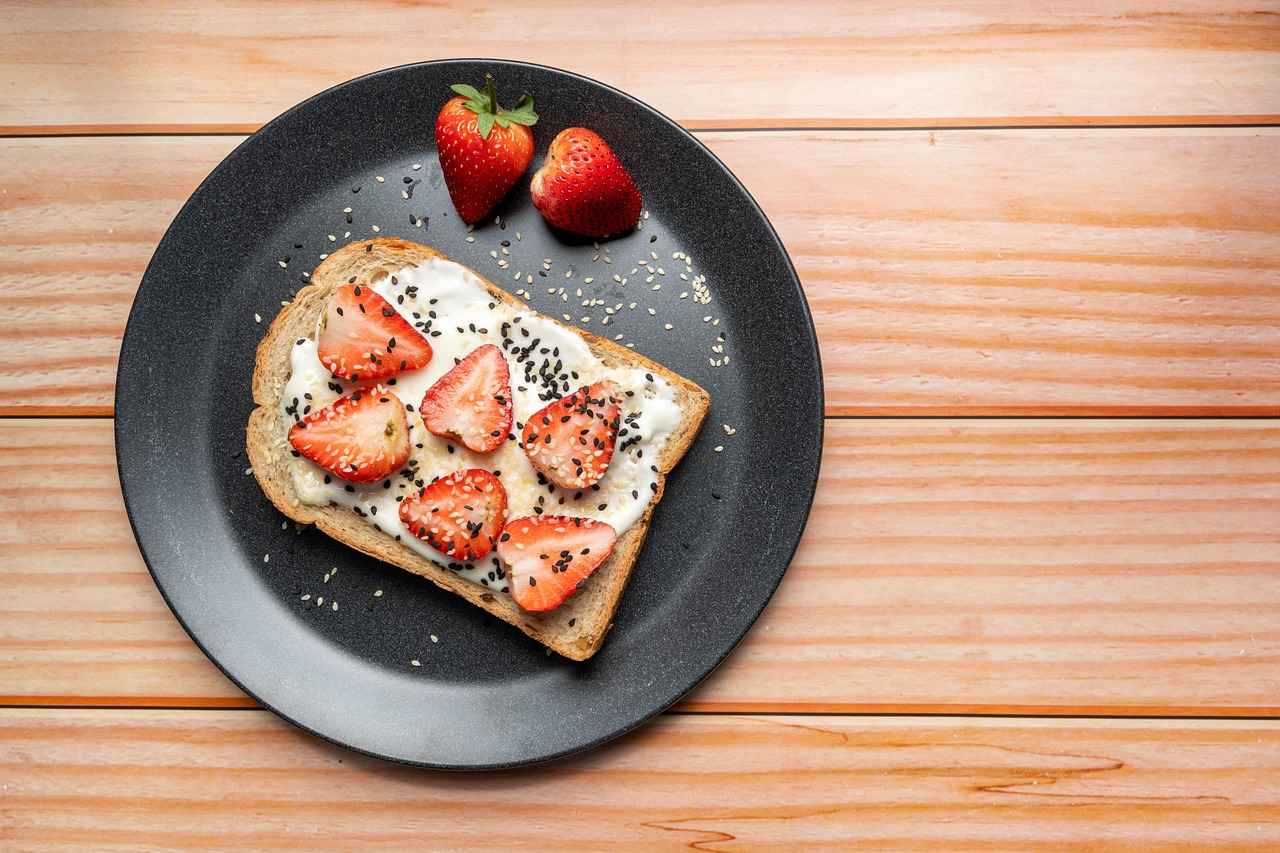
How to Store Chia Seeds for Maximum Freshness?
Proper storage is essential to keep chia seeds fresh and potent. These tiny seeds, packed with nutrients, can lose their quality if not stored correctly. Here, we will explore the best practices for storing chia seeds to ensure their longevity and maintain their nutritional value.
To keep chia seeds fresh, it’s important to store them in a cool, dry place. Here are some key factors to consider:
- Temperature: Ideally, chia seeds should be kept at temperatures below 70°F (21°C). Higher temperatures can lead to rancidity.
- Light: Exposure to light can degrade the quality of chia seeds. Store them in an opaque container or a dark cupboard to minimize light exposure.
- Humidity: Moisture can cause chia seeds to clump together or spoil. Ensure the storage area is dry, and avoid using wet utensils when scooping seeds.
Chia seeds have a long shelf life, typically lasting up to two years when stored properly. However, it’s crucial to recognize the signs of freshness:
- Smell: Fresh chia seeds have a mild, nutty aroma. If they smell rancid or off, it’s time to discard them.
- Appearance: Check for any discoloration or clumping. Fresh seeds should be shiny and free from any visible mold.
- Taste: A small taste test can also help. If the seeds taste bitter or unusual, they may have gone bad.
Choosing the right container is vital for maintaining the freshness of chia seeds. Here are some recommendations:
- Glass Jars: Airtight glass jars are excellent for keeping chia seeds fresh. They prevent moisture and air from entering.
- Plastic Containers: If using plastic, ensure it is BPA-free and airtight to avoid chemical leaching and moisture.
- Vacuum-Sealed Bags: For long-term storage, consider vacuum-sealed bags, which can significantly extend shelf life.
Yes, you can freeze chia seeds for even longer storage. Freezing can help maintain their freshness for several years. Here are some tips:
- Portion Control: Divide chia seeds into smaller portions before freezing, making it easier to use only what you need.
- Airtight Packaging: Use airtight bags or containers to prevent freezer burn and moisture absorption.
By following these storage guidelines, you can ensure that your chia seeds remain fresh and potent, allowing you to enjoy their numerous health benefits for a long time. Proper storage not only extends their shelf life but also preserves their nutritional integrity, making them a valuable addition to your diet.
What Is the Ideal Storage Environment for Chia Seeds?
When it comes to maintaining the freshness and nutritional value of chia seeds, understanding the ideal storage conditions is crucial. Chia seeds are highly sensitive to their environment, and improper storage can lead to spoilage, loss of nutrients, and a decline in quality. This section will explore the key factors that influence the longevity of chia seeds, including temperature, light, and humidity.
The ideal storage environment for chia seeds is characterized by a few essential conditions:
- Temperature: Chia seeds should be stored in a cool, dry place. The optimal temperature is around room temperature, ideally between 60°F to 70°F (15°C to 21°C). High temperatures can accelerate the degradation of oils in the seeds, leading to rancidity.
- Light: Exposure to direct sunlight can cause chia seeds to lose their nutritional properties. It is best to store them in an opaque container or a dark place to prevent light exposure, which can lead to spoilage.
- Humidity: Chia seeds are highly absorbent and can easily take on moisture from the air. This absorption can lead to mold growth and spoilage. Therefore, it is crucial to keep them in a dry environment. Airtight containers are recommended to minimize moisture exposure.
By ensuring that chia seeds are kept in a stable environment with low humidity and minimal light exposure, you can significantly extend their shelf life and maintain their quality.
Proper storage not only prevents spoilage but also preserves the nutritional benefits of chia seeds. These tiny seeds are rich in omega-3 fatty acids, fiber, and antioxidants, all of which can degrade over time if not stored correctly. When chia seeds are exposed to unfavorable conditions, they can lose their health benefits and develop an unpleasant taste.
Furthermore, storing chia seeds properly can help you avoid unnecessary waste. Spoiled seeds not only lose their nutritional value but can also contribute to food waste, which is a growing concern in today’s society.
Chia seeds have a long shelf life, typically lasting 2 to 4 years when stored correctly. However, it is essential to check for signs of spoilage, such as an off smell or discoloration. If you notice any changes in the appearance or aroma of the seeds, it’s best to discard them.
To maximize freshness, consider labeling your containers with the purchase date. This practice can help you keep track of how long the seeds have been stored and ensure you consume them while they are still at their best.
In summary, understanding the ideal storage conditions for chia seeds is vital for maintaining their quality and nutritional value. By keeping them in a cool, dry, and dark environment, you can enjoy the numerous health benefits they offer while minimizing spoilage and waste.
How Long Do Chia Seeds Last?
Chia seeds are celebrated for their nutritional benefits and versatility in various dishes. However, to fully enjoy these superfoods, it is essential to understand their shelf life and how to recognize when they are no longer fresh. This section will delve into the longevity of chia seeds, offering practical tips for assessing their freshness and recognizing expiration signs.
Chia seeds boast an impressive shelf life, typically lasting up to two years when stored properly. However, factors such as exposure to light, moisture, and air can significantly affect their longevity. To maintain their quality, it is crucial to store chia seeds in a cool, dark place, ideally in an airtight container.
Fresh chia seeds exhibit a few distinct characteristics. They should have a crisp texture and a mild, nutty aroma. If you notice any unusual odors or a change in texture, it may indicate that the seeds have gone bad. Here are some signs to look out for:
- Odor: A rancid smell is a clear indicator of spoilage.
- Color: Fresh chia seeds are typically dark brown or black. A faded color may suggest loss of freshness.
- Texture: They should feel firm and not sticky or clumpy.
Knowing when to discard chia seeds is crucial for your health. Here are some expiration signs to be aware of:
- Mold: Any signs of mold growth indicate that the seeds should be discarded immediately.
- Clumping: If chia seeds have clumped together, they may have absorbed moisture and should not be consumed.
- Unpleasant Taste: If you taste a bitter or off flavor, it is best to err on the side of caution and throw them away.
To maximize the shelf life of your chia seeds, consider the following storage tips:
- Airtight Containers: Store seeds in airtight glass jars or vacuum-sealed bags to minimize exposure to air.
- Cool and Dark Locations: Keep chia seeds in a pantry or cupboard away from direct sunlight and heat sources.
- Avoid Refrigeration: While refrigeration can extend shelf life, it may also lead to moisture accumulation. If you choose to refrigerate, ensure they are completely dry and in a sealed container.
Yes, you can freeze chia seeds to extend their shelf life even further. Freezing can help preserve their nutritional value and prevent spoilage. Just ensure they are stored in an airtight container to prevent freezer burn.
In conclusion, while chia seeds are a long-lasting superfood, proper storage and awareness of freshness indicators are essential for enjoying their benefits fully. By following the guidelines outlined above, you can ensure that your chia seeds remain fresh and potent, ready to enhance your meals.
Frequently Asked Questions
- What are chia seeds?
Chia seeds are tiny, nutrient-packed seeds that come from the Salvia hispanica plant. They’re loaded with omega-3 fatty acids, fiber, and antioxidants, making them a popular superfood.
- How should I prepare chia seeds for consumption?
For optimal nutrient absorption, it’s best to soak chia seeds in water or your favorite liquid. This helps them expand and makes their nutrients more accessible for digestion.
- Can I eat chia seeds without soaking them?
Yes, you can eat chia seeds dry, but it’s important to drink plenty of water to avoid digestive issues. Soaking them is generally recommended for better digestion and nutrient release.
- Do chia seeds help with weight loss?
Chia seeds can aid in weight management due to their high fiber content, which promotes satiety. This helps you feel full longer, potentially reducing overall calorie intake.
- Are there any side effects of consuming chia seeds?
While chia seeds are safe for most people, some may experience digestive discomfort. It’s essential to introduce them gradually into your diet and stay hydrated.
- How should I store chia seeds?
To keep chia seeds fresh, store them in a cool, dry place away from light. An airtight container in the pantry is ideal for maintaining their quality.
